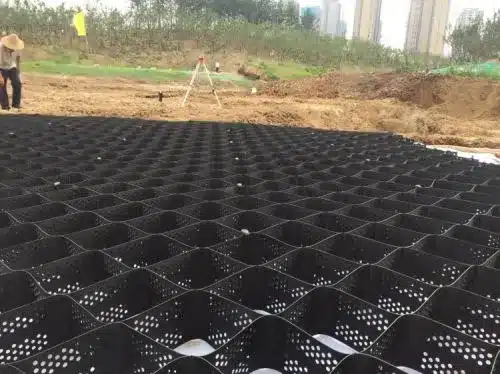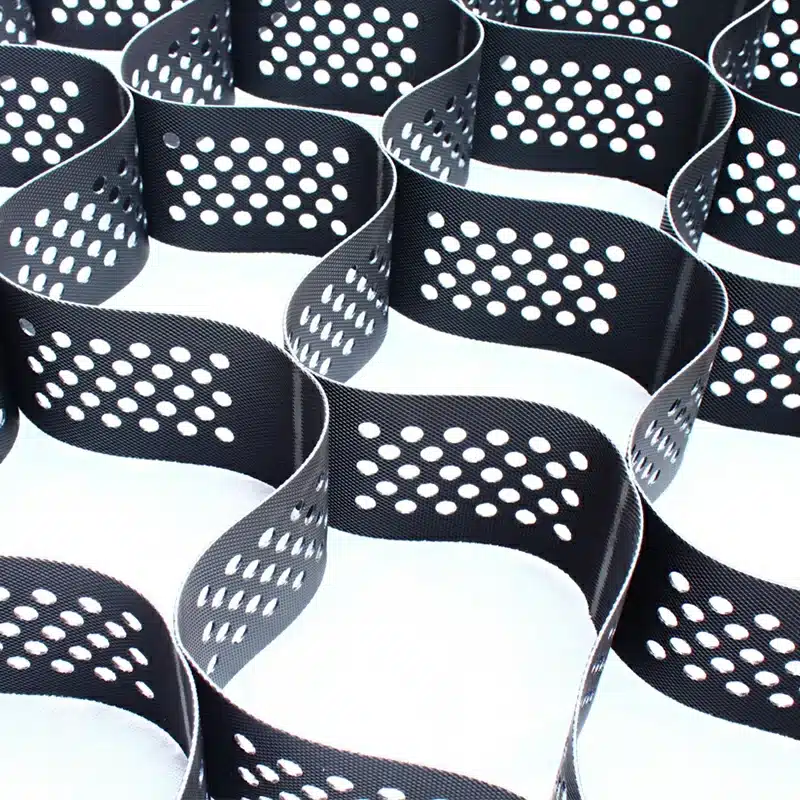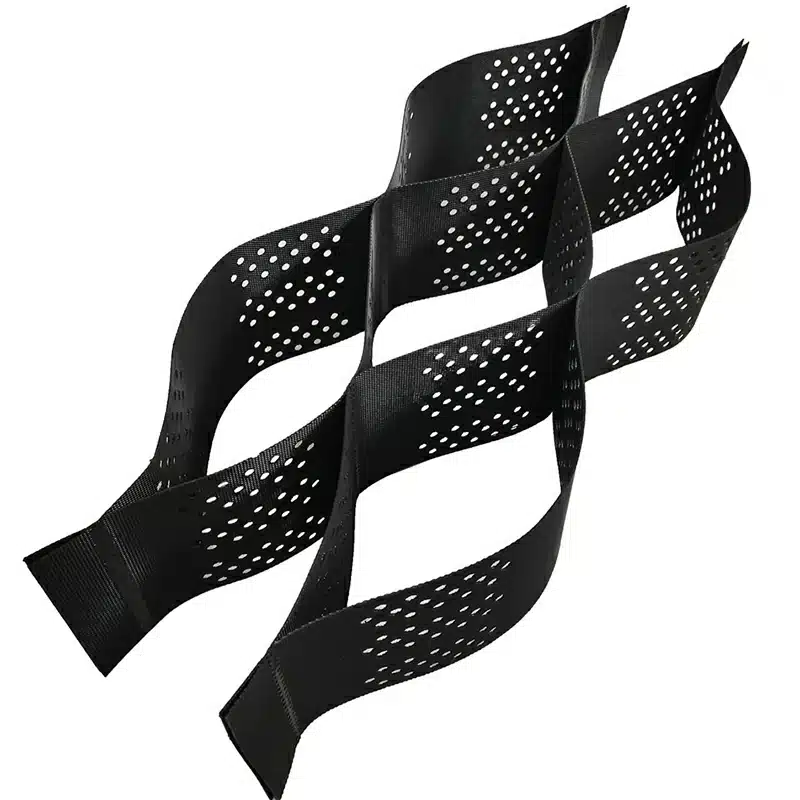How Geocells Control Erosion: The Top Benefits for Slope and Embankment Stability
Geocell soil erosion control products have become essential for stabilizing slopes, preventing soil erosion, and enhancing the durability of various landscapes. These honeycomb-shaped, cell-like structures are filled with materials that reinforce soil on slopes and embankments, ensuring protection against erosion. Geocells are particularly valued in civil engineering and environmental protection projects due to their durability and ease of installation. Understanding the materials, filling requirements, and specific benefits of geocells helps clarify their role in controlling soil erosion.
What is the material of geocell?
Geocells are commonly made from high-density polyethylene (HDPE) or polypropylene (PP) due to their strength, flexibility, and resistance to environmental degradation. HDPE is a popular choice because it can withstand extreme temperatures, UV radiation, and soil chemicals, which ensures the geocell structure remains intact over time. Some geocells may also incorporate polyester or other polymer blends, but HDPE or PP remain the most prevalent materials for their superior durability and cost-effectiveness in erosion control applications.

What to fill geocell with?
Geocells can be filled with a variety of materials, depending on the project’s specific needs. Common filling materials include compacted soil, gravel and small rock aggregate, sand, or concrete. When used in soil erosion control on slopes, filling geocells with soil, sand, or gravel and small rock aggregate can provide adequate stability while allowing vegetation growth for natural reinforcement. For more demanding applications, such as load-bearing surfaces, gravel and small rock aggregate or concrete fillings offer added strength and resilience. The choice of fill material depends on the project’s objectives, environmental conditions, and desired level of reinforcement.
What is slope protection with geocells?
Slope protection with geocells involves deploying geocell structures on inclined surfaces to prevent soil erosion, maintain slope stability, and control sediment runoff. The geocell’s honeycomb structure confines the fill material, creating a stable layer that resists displacement even under heavy rainfall or erosion pressure and effectively controls erosion as the cells prevent movement of the infill. Geocells are particularly effective for stabilizing steep slopes and embankments, as they distribute loads evenly and help establish vegetation, further protecting against soil erosion. This method is commonly applied in road embankments, riverbanks, and other vulnerable terrains.
What are the benefits of geocells?
Geocells offer several key benefits for soil erosion control:
- Enhanced Soil Stability: The cellular confinement system prevents soil movement, helping maintain the integrity of slopes and embankments and decrease unwanted runoff or groundwater flow and stop the formation of erosion channels that threaten the landscape.
- Versatile Applications: Geocells can be used in various settings, from landscapes requiring vegetation support to high-stress applications needing gravel or concrete reinforcement.
- Eco-Friendly Solution: Geocells allow vegetation growth on slopes, integrating with the natural environment, improving long-term erosion resistance, and reducing the risk of erosion channels.
- Cost-Effective Installation: Compared to traditional erosion control methods, geocells are easy to install, reducing labor and equipment costs while providing a long-lasting solution.
- High Durability: Made from robust materials like HDPE, geocells are resistant to weather changes, UV exposure, and chemical reactions, ensuring a prolonged service life..
Geocell soil erosion control products are a reliable solution for stabilizing slopes and protecting against erosion. Constructed from durable materials like HDPE and filled with a range of supportive materials, geocells provide slope stability, promote vegetation growth, and enhance the durability of landscapes in various environments. With their ease of installation, adaptability, and long-term stability, geocells are an effective choice for environmental and civil engineering projects focused on sustainable erosion control.



Comments
Post a Comment